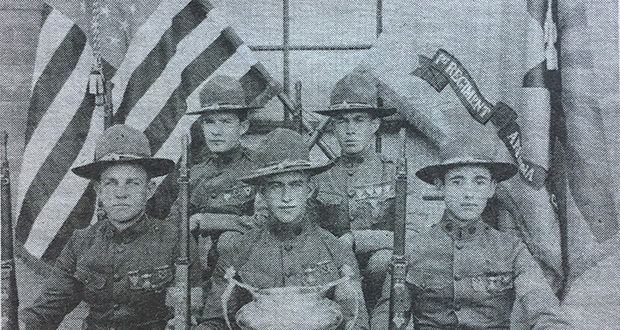The Great Floods of 1890-91
Arizona Capitol Reports Staff//December 22, 2006//[read_meter]
The remnants of the railroad bridge destroyed during the 1890 flood that spanned the Salt River and led into Tempe. Back-to-back floods in 1890 and 1891 were ultimately responsible for...
No tags for this post.

















